Early spring locally means the arrival of Sheep Sorrel, Rumex acetosella. Further north it can be a late spring to summer plant. Just when our grass is brown and many of the permanently green plants are fading under the stress of winter up comes Sheep Sorrel, its distinctive lime-green leaves making it easy to spot even from a distance. For me it is not only a tart trail side nibble but a reminder that the seasons are changing. While one occasionally sees Sheep Sorrel in the fall it is usually found after the turn of the year. To read more about this Rumex go here.
My mystery mushroom of last week turns out to probably be a Boletus rubricitrinus, an edible species with no known common name. I did not fry it up. Maybe next year. When it comes to mushrooms I let them settle in for quite a while to make sure I am right. In this case I got some expert opinion. I found the same mushroom last year in the same location in Port Charlotte and again last week. It was definitely a Bolete and did stain blue when cut open. The cap’s flesh, however, was not bitter. What makes this mushroom group interesting is there are no deadly ones or ones that do lasting organ damage (if you are healthy now.) The non-edible ones can make you mighty sick, though. I know of one person who doesn’t even bother to identify Boletes. He just eats them. If they make him sick he doesn’t eat any more. If they don’t make him sick they are on the menu. That is not a strategy I support. If you want to know more about mushrooms I have the Southeastern US Mushroom Identification page on Facebook and the Florida Mushroom Identification Forum also on Facebook. If you are farther afield you might want to look up the Facebook page of WildMushroomHunting.org.
Upcoming classes: While I am teaching at the Florida Herbal Conference this Saturday I also have a class Sunday in nearby Cassadaga. I would plug the herbal conference one more time but it is sold out. Not a bad feat which also demonstrates the growing interest in herbalism. Here’s the details on my Sunday class: March 2nd, Colby-Alderman Park: 1099 Massachusetts Street, Cassadaga. Fla. 32706. 9 a.m.
Botany Builder #39: Hastate, shaped like an arrowhead but with the basal lobes going outward. From the Dead Latin Hasta, meaning “spear.” This week’s featured wild edible at the top of the newsletter, Sheep Sorrel, usually has hastate leaves. They are also commonly lance-shaped as well. The Sheep Sorrel itself is a genetically a fairly complex plant with many variations. It is believed to be a native of southern Europe and Southwestern Asia but can be found from Florida to Greenland and elsewhere around the world.
What Do You See #4. Can you find four different edible species in the photo directly below? The answer will be published here next week or you can read it shortly on the What Do You See? board in the Green Deane Forum. Further below is the answer to last week’s What Do You See? #3
What Do You See? #3. Below: Number 1 is the Spiny Sow Thistle, Sonchus asper. This is at a very nice stage to eat raw (mildly bitter) or to take home and boil for five minutes to make a mild pot herb. Number 2 is Dwarf Plantain, Plantago virginica. Leaves can be eaten raw or when older cooked. I think we have eight species of Plantago in the state. Three is False Hawk’s Beard, or Crepis japonica (and several other botanical names.) The leaves are used like dandelion leaves. Four is our little native Wood Sorrel, Oxalis stricta, a tart trailside nibble. Five is barely edible, a bitter wild geranium, Geranium carolinianum also called Crane’s Bill and Stork’s Bill. The two common names are mixed and spelled different ways. Six is not edible. It is cudweed, a Psedognaphalium. There are several species that populate fields and lawns this time of year. Some might have medicinal use.
https://www.eattheweeds.com/sonchus-sow-thistle-in-a-pigs-eye-2/
https://www.eattheweeds.com/white-mans-little-foot-dwarf-plantain-2/
https://www.eattheweeds.com/crepis-japonica-seasonal-potherb-2/
https://www.eattheweeds.com/oxalis-how-to-drown-your-sorrels/
https://www.eattheweeds.com/erodium-circutarium-geranium-carolinianum-two-bills-you-want-to-get-2/
Though your foraging may drop off during the winter it’s a great time to study wild edibles with my nine DVD set. Each DVD has 15 videos for 135 in all. They make a great gift. Order today. Some of these videos are of better quality than my free ones on the Internet. They are the same videos but many people like to have their own copy. I burn and compile the sets myself so if you have any issues I handle them personally. There are no middle foragers. And I’m working on adding a tenth DVD. To learn more about the DVDs or to order them click here. I also uploaded a new video to You Tube recently. This one is about Cereus fruit. It is not on the DVDs but you can see it here.
Maybe it’s global warming… While giving classes I have seen more snakes in person this past year than all of the last 30 years combined. While I don’t dislike snakes I would prefer that my personal best record not improve. This well-fed slitherer was seen in Mead Garden (in heavily housed) Winter Park this past Sunday. I was busy yakking about plants and didn’t see it but a sharp-eyed student did. There was some debate whether this was a Water Moccasin or a Florida Water Snake. I will admit ophiology is not my area of expertise nor am I paid enough to learn it. Dan Dye, of Florida Backyard Snakes, provided the knowledgeable identification. Thank you Dan. He says it’s a Florida Water Snake, not poisonous. Leaving this creature alone we immediately saw not far away a common Florida Black Racer… and it’s only February…

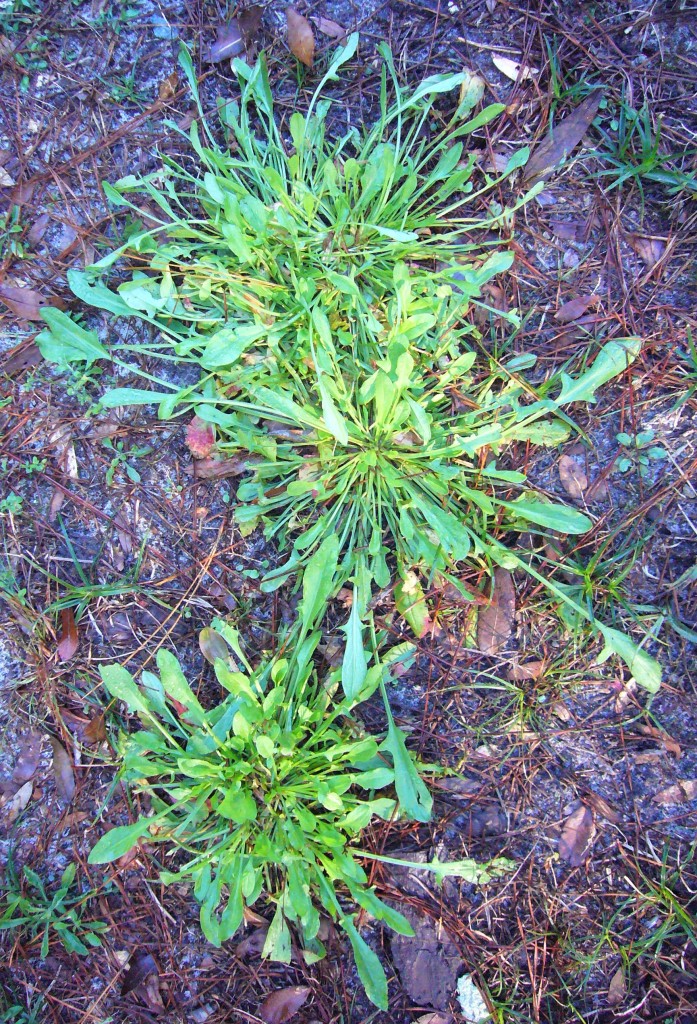
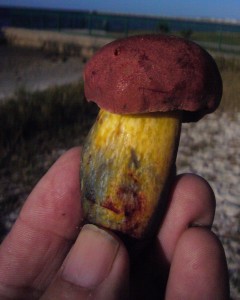
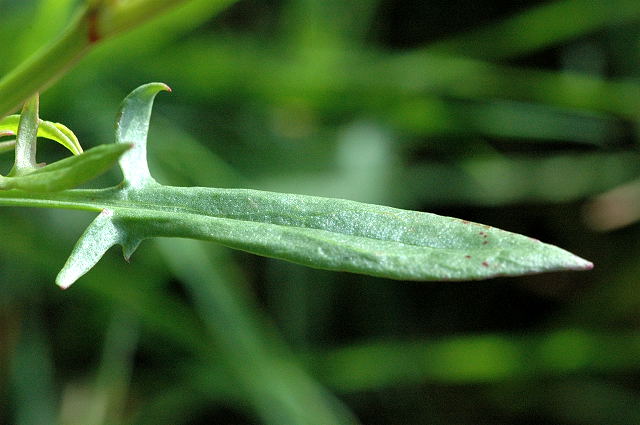
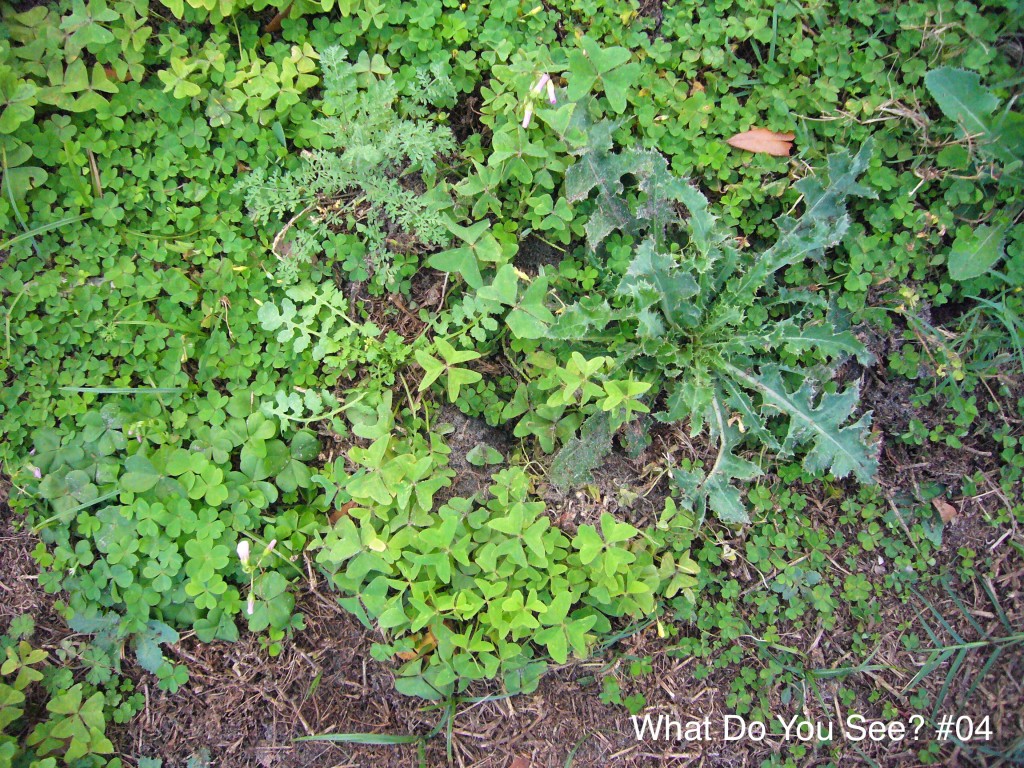
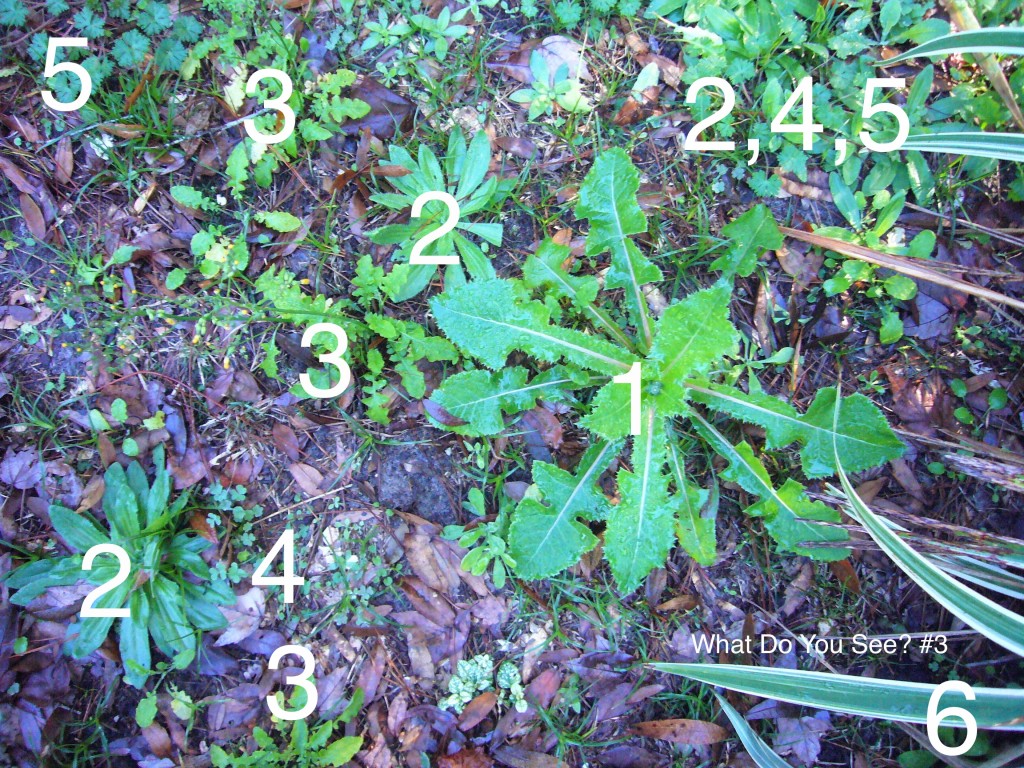

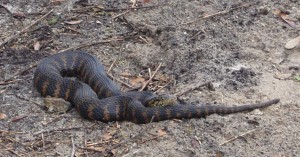

Greene, I wanted to thank you for presenting these “What do you see” pictures. They are very helpful.
One of the problems that I have in plant identification is that I have great difficulty in being able to take a picture in a book and directly translate the image to what I see on the ground–especially if the plant does not look exactly as the picture shows.
This really helps.
I love your “what do you see” element. It shows me what I know and don’t know and, at this time of the year, excites my heart for what spring will bring. Thanks.
It is a Florida Water Snake. Larger, mature cotton mouths turn darker and the banding and blotches are not very noticeable The immature cotton mouths are banded with blotches so I can see the mixup here.
There are several ways to tell a poisonous snake from a non-poisonous snake. Pitvipers; @ rattlesnakes, moccasins, copperheads; have eliptical, cat-eye pupils in their eyes unlike round pupils of non-poisonous snakes. The head of all pitvipers will be heart-shaped or diamond-shaped and be profoundly wider than the neck or body of the snake. The moccasin has a lateral dark line running down the sides of its head that can be seen quite a way away so you don’t have to get too close to I.D. them. The Florida water snake (Also called banded water snake) Will often have similar coloring to a mocassin so this is not a good identifier. However, a coral snake’ s head is round and not larger than the body. There are several old catch phrases for I.D. @ red touch black is a friend of jack (non poisonous rat snake) Black touch yellow, it will kill a fellow (Coral snake) Mr. Vanhorn of the Reptile World Serpinterium in St. Cloud Florida gives a good live demonstrati0n at the facility located on US 192. Worth seeing. I shot video footage for my TV show ‘Cooking Wild’ there last year and he is very personable and entertaining. There are many snakes on display there so you can see poisonous and non-poisonous snakes close at hand to make a comparison.
In daylight, the snake’s pupils may appear elliptical, but in subdued lighting, they’re more round. If you’re close enough to see this clearly, you’re too close. It red-touch-yellow, kill a fellow, red touch black, good for Jack. The safe one is a milksnake–a type of kingsnake, not a ratsnake…
If you know what the poisonous snakes look like, then the rest are easier (at least on your nerves). The cottonmouths also swim on top of the water usually holding their head up a little where the other “moccasins” swim in and under the water.
What a wonderful new letter! Thank you for all the information!
I thought it won’t be a difficult job to look in my back garden or around for a plant with characteristic leaves as Sheep Sorrel. I’m used to focus at this same leaf’s image – the arrow , lance or spear – as a main component of the emblem of the “ Umma Party “ one of once two major political parties prior to the Independence of Sudan ( 1956 ) from the Anglo/Egyptian rule. The use of the plant cell sap as laundry stain remover reminds me of the beginnings of my chemistry learning when interest in the discipline is triggered by our instructor through showing spectacular experiments such as discharge of coloured materials by oxalic acid or oxalates acting as reducing agents. Also as learners we were provided with samples of water from different sources; immediate white precipitate due to insoluble calcium oxalate is a sign of presence of calcium cations – not to forget the confirmatory tests. On the other hand as you’ve mentioned, with respect to the various uses of the plant, some constituents are considered to be antioxidents and free radical scavengers. Some people consider Sheep Sorrel as one of four ingredients in Essiac which is claimed as a remedy for some types of cancer. However, as was also mentioned by you, those taking calcium – or iron supplements – should avoid taking the plant because of the risk of interfering with absorption of these minerals; nor should it be used by patients with previous renal stones because of the oxalate content. The plant has also been reported as an important aeroallergen ( Thermo Scientific – Korea ). Rumex crispus, a member of the family was once detected in a sand storm in Riyadh ( Saudi Arabia capital ). Such sand storms may cause asthma.
Hi,
You say cudweed is inedible. I have it growing in my yard and I have tasted it and it actually reminds me of kale. Is it truly inedible ? I have heard its medicinal and what not. I have chewed it and spit out. I think its edible. Let me know what you have observed with that.
Thanks.
Srinath.